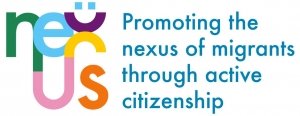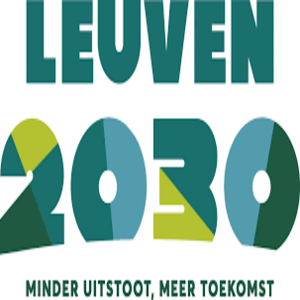Leuven2030 - climate neutral future for Leuven
Leuven 2030 strives for a climate-neutral future for Leuven by working on reducing carbon emissions in a targeted and result-driven manner.
Tool Self-Assessmet
- Reflect back on the objective of the tool you built: did you exceed it, or fall short? If so, why?
We used Bpart software to create the participatory civic tool for two projects under the Leuven2030 initiative:
School2030: The aim is to have as many secondary schools in Leuven as possible write a climate plan in the 19-20 school year. We are also starting a pilot project for parents in some primary schools. This climate plan is a document that describes the school’s long-term goals and how they will achieve them to contribute to Leuven as a climate neutral city. The platform gathered the ideas and participants were able to like, comment and vote on the ideas that they agreed with.
Kassel Lo civic initiative: gather ideas on how to build a green community and a mobility strategy in Kessel-Lo that builds ownership amongst its citizens and improves quality of life, while meeting the broader transport needs of the city.
The tool (Bpart participatory civic-tech tool that we used) exceeded our expectations and we achieved our objective. The tool worked to engage with our target audience.
- What are the tools’ metrics for success and what does metric say – how well did the tool do?
Metrics:
- gather 1000 ideas
– exceeded this metric, gathered 3600 ideas - Create an organisation of schools that are committed to becoming climate neutral and ultimately showing the government that this is an important issue to the public.
- Were your assumptions that the tool you built would: increase participation/engagement or tackle an issue/raise awareness correct?
Yes, the assumptions that the tool would increase participation and engagement were correct. Through the platform citizens were able to interact with each other by liking, commenting and voting on the different ideas provided by different citizens.
- Do you think you chose the right approach – and what would you do differently?
Yes, I think we chose the right approach. The only thing we would do differently is engage with the students (ages 13-18) differently by using instagram or other social media platforms that they use daily.
- What are you hearing from users? What do they enjoy in tool? What do they find challenging?
The users enjoyed using the tool, this is evident in the fact that we gathered over 3000 ideas exceeding our goal of 1000. This also showed that the tool was user-friendly. The one issue that we encountered was the lack of engagement with the students due to the fact that they needed to register on the platform using an email and the school email was not accepted. We overcame this issue by having the teachers create an account and add the ideas that the students came up with through that account.
- Did your tool deliver what you were hoping for? Are they useful for your key user audience? Are they being adopted?
Yes, the tool did deliver what we were hoping for. We exceeded our goal of gathering 1000 ideas from citizens on achieving climate neutrality. We were also able to establish an organisation of schools in Leuven that are committed to becoming climate neutral.
- What worked well through the implementation process? What areas have room for improvement?
Worked well: user friendliness of the platform, the participation of the citizens, the participation of schools and students, overall the initiative was a success in engaging our target audience.
Improvement: engage with students using social media platforms such as instagram rather than the online platform, use different digital tools for different target groups.
Tool ID
- GOAL:Citizen participation for climate action
- Made by:City of Leuven
- Country:Belgium
- YEARS ACTIVE:Ongoing


